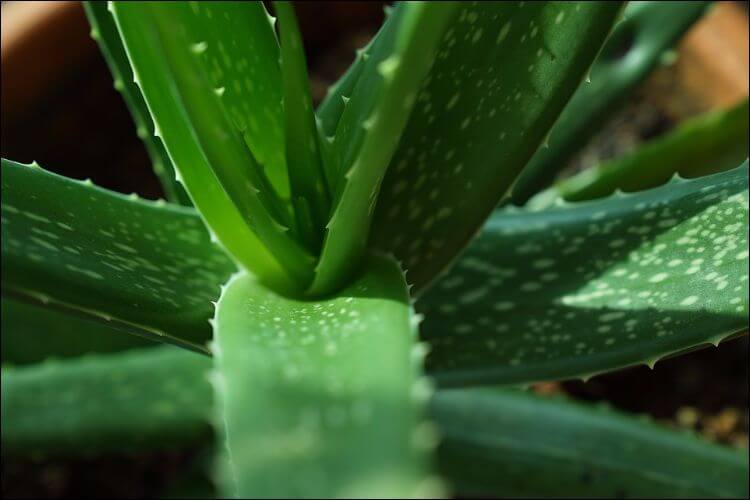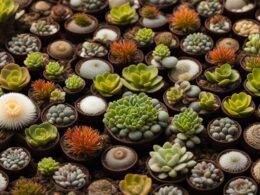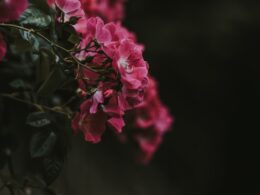Aloe vera is a plant famous for its medicinal and agricultural uses. Usually, it grows naturally in tropical climates all around the world. Moreover, it’s a great choice for decorative purposes. Lucky for many gardeners, it can be successfully grown as a potted plant indoors. You can use it for plenty of things, from treating burns (including sunburns) to beverages, cosmetics or skin lotions. For this reason, today we are going to look at how to grow aloe vera by yourself.
Before Planting
1. Offer It Adequate Sunlight
In general, aloe vera loves having 8 – 10 hours of sunlight each day. If you live somewhere in the northern hemisphere, it’s better to place it next to a window facing south or west. Meanwhile, if you live in the southern hemisphere, you should place it next to a west- or north-facing window.
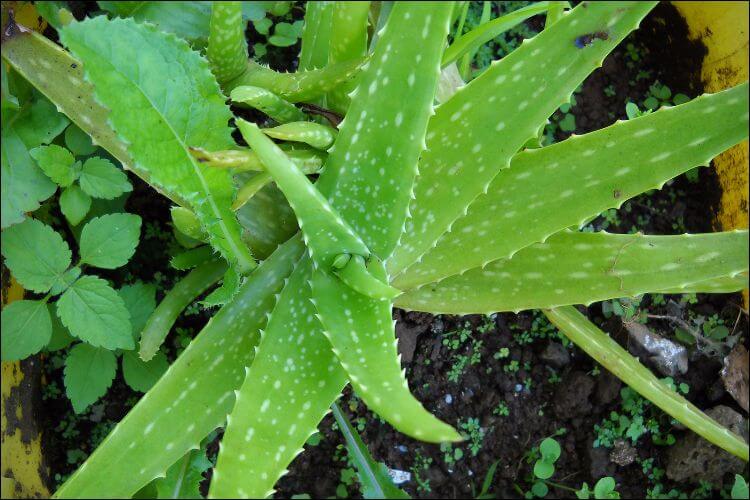
2. Give It Enough Warmth
When deciding on how to grow aloe vera, you should try to replicate its natural conditions as much as possible. As such, offer the plant warm or hot temperatures. Luckily, they can survive cooler seasons if they enter a dormant state. Even so, don’t expose them to anything less than 25°F (-4°C). On the other hand, you can still burn the plant, even if it loves hot temperatures. If you notice the leaves turning brown, move it for a while in an area with light shade.
3. Choose the Right Type of Soil
When learning how to grow aloe vera, we cannot stress how important it is to use well-draining soil. By default, aloe vera plants can survive in dry conditions. As such, if the soil where they are planted will collect water, they run the risk of rotting. You should use a soil tester before planting to see if it’s healthy enough and if there are enough nutrients in it.
A good idea is to use cactus potting mix, but you can also learn how to make your own potting soil. If you want to go for the second option, mix gravel, sand, and soil in equal parts. In case you want to plant it in a container, you should ensure that there is a hole in its base for the water to drain.
Planting Aloe Vera
4. Place the Root Ball
When planting, place the root ball of the plant on the bottom of the container or in the backyard. It’s important to cover the ball up with soil, but you shouldn’t allow the leaves to touch it. If you notice any thick, green leaf touches the soil or is partially buried in it, move it since this may cause its rotting. When starting a new plant, you can simply take a young plant and place it in a container.

5. Place Pebbles and Gravel
This is an optional step in our guide on how to grow aloe vera, but it helps in reducing evaporation. Place small rocks in a layer around the base of the plant. However, if you like it more how it looks without this layer, you can still leave the soil showing. Extra tip: if you don’t live in a hot climate, you can use white stones. These will help reflect the warmth of the sun to the plant base.
6. Don’t Water after Planting
Contrary to other plants, you shouldn’t water the aloe vera immediately after planting. Let it stay for a couple of days. The plant will use this time to repair the roots that could have been damaged while you planted it. Moreover, if you water it you will increase its chances of rotting. Aloe vera usually stores water in the leaves, so any lack of water won’t affect it. However, if you want to be sure, you can give it 1-2 light watering processes.
Caring for Aloe Vera
7. Regular Watering
Whenever the weather is warm and sunny, the aloe plants will grow with regular watering. The best way to ensure you are offering them enough water (and not overwatering) is to check the soil. This needs to be dried out to 3 inches (7.5 cm) before you need to water again.
During winter, aloe plants enter a dormant state. This can also happen if the weather is cooler for a longer period. When it’s cold outside, you should only water them 1-2 times a month. However, this doesn’t apply if you want to keep the aloe vera inside, in a heated room.

8. Don’t Fertilize
Another important thing to remember when deciding on how to grow aloe vera is not to fertilize. However, if you want to encourage their growth, you can use a type of fertilizer that is low in potassium and nitrogen, but high in phosphorus. Try a 10:40:10 or 15:30:15 combination. Use it once a year towards the end of spring, when the growing season begins. Be careful though! If you overuse it, you can harm the plant, or it can grow unhealthily.
9. Weed It Out
Make sure that the soil around the plant is free of any grass or weeds. You should do it regularly if you are growing aloe vera outdoors. However, if you do it too vigorously, you risk damaging the roots of the plant. This happens because the good aloe vera soil is sandy and loose.
10. Adjust Sunlight and Water
Even though you learn how to grow aloe vera correctly, in time, the growing conditions can change, so you must pay attention and adjust the quantities of sunlight and water. As such, you should use the way in which the leaves look to see what needs to be changed.
- Flat and low – You should increase the sunlight. Usually, the leaves grow outward or upward at an angle, heading towards sunlight. If they are found low, most likely they aren’t getting enough sun.
- Brown – In this case, decrease the sunlight. Even though aloe is a hardy plant, it can still get burned from too much sun exposure. Move it to an area that gets shady in the beginning of the afternoon.
- Thin and/or curled – This is a clear sign that your aloe vera needs more water. As we previously mentioned, water is stored in the leaves, and if they look thin and curled, it means that they don’t have enough of it. Water the plant more often but make sure you don’t overcompensate.
- Yellow and falling apart – You are watering it too much. Stop watering for a week (two during the dormant season). When you resume regular watering, do it less frequently. Take out the discolored leaves with a disinfected knife.
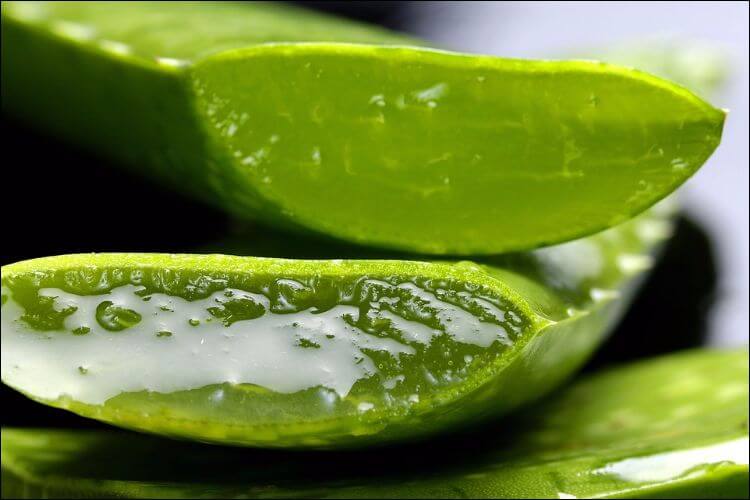
Pests and Possible Diseases
11. Be Wary of Common Garden Pests
If you want to know how to grow aloe vera correctly, you should also know this plant can be a victim of common garden pests. A couple of examples are the mealybugs and scale. There is also a list of diseases that can occur if you overwater it:
- Leaf rot;
- Root rot;
- Soft rot;
- Fungal stem, etc.
If you want to avoid fungus, you should make sure that the plant and soil are dry. Alternatively, you can also use a natural pesticide.
12. Possible Issues with the Plant
Besides pests and diseases, there are also other problems that might appear when learning how to grow aloe vera on your own. Here’s a brief list of issues you might encounter:
- Too much fertilizer – if you happened to drop too much fertilizer for your aloe vera, a simple solution is to repot the plant. Use more soil when you repot it.
- Small pot – naturally, as the plant grows, the roots won’t fit into the pot anymore. Get a bigger pot to make sure the roots have enough space to grow.
- Alkaline soil – it may happen that the soil gets too alkaline. In this case, all you need to do is to add some soil sulfur.
- Protect yourself – this isn’t the first thing that would come to mind, but you need to protect yourself as well. The spikes on the aloe vera leaves are small in the beggining, but when your plant grows older, they can be quite sharp. They’re capable of tearing clothes or even hurting your skin. As such, you should pay attention whenever you’re harvesting or repotting aloe vera.

Can the same growing conditions for Aloe Vera be applied to growing Snake Plants?
Yes, similar growing conditions can be applied to both Aloe Vera and Snake Plants. Both thrive in bright, indirect sunlight and well-draining soil. Some growing snake plant tips include allowing the soil to dry out between waterings and avoiding overwatering. Aloe Vera will benefit from these care practices as well.
Can the same techniques used to grow Aloe Vera be applied to growing Torenia?
Yes, the same techniques used to grow Aloe Vera can be applied to growing attention grabbing torenia. Both plants thrive in well-draining soil, bright but indirect sunlight, and regular watering. However, torenia also prefers higher humidity levels, making it important to monitor moisture and air circulation in its growing environment.
Harvesting Aloe Vera
13. Harvest the Plant
Once the plant is mature, you can start harvesting the leaves. The safest thing is to do it after you notice some extra leaves or shoots growing from the center of the aloe vera. Select mature leaves from the outermost side and cut them close to the base.
If you want to use the aloe vera gel, you should take off a mature leaf of the plant and then cut it lengthwise. For example, if you want to apply the gel to a burned area, squeeze the gel out or place the leaf with the cut on the injury. Other uses are to consume the gel for its digestive aid properties, the immune supporting functions or the collagen support.
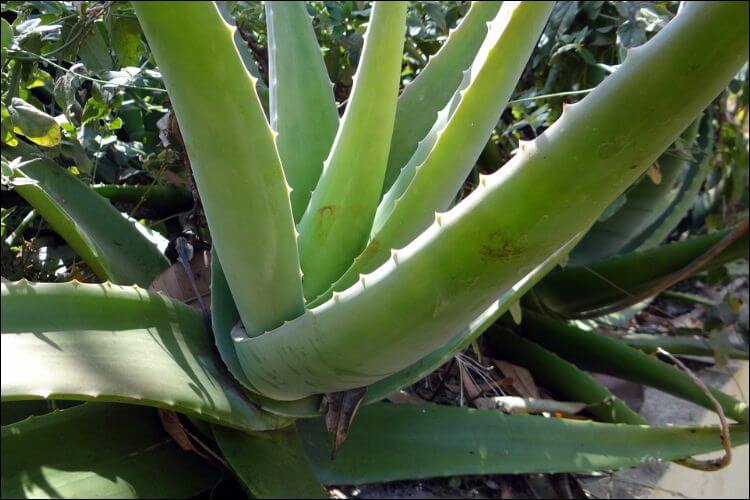
Conclusion
As you can see, learning how to grow aloe vera is not a complicated process. You simply need to place the plant into the soil and provide it the right conditions. Luckily, there aren’t major issues with the plant, but the highest risk is that of rotting. As such, pay attention not to overwater it. Finally, you can enjoy all its health benefits and take pride in growing your own aloe vera plant.
Image source: 1





